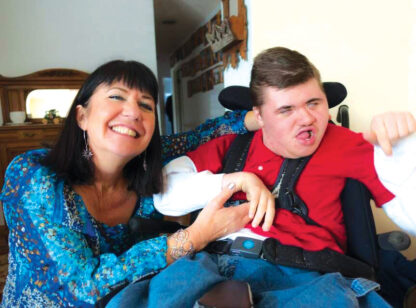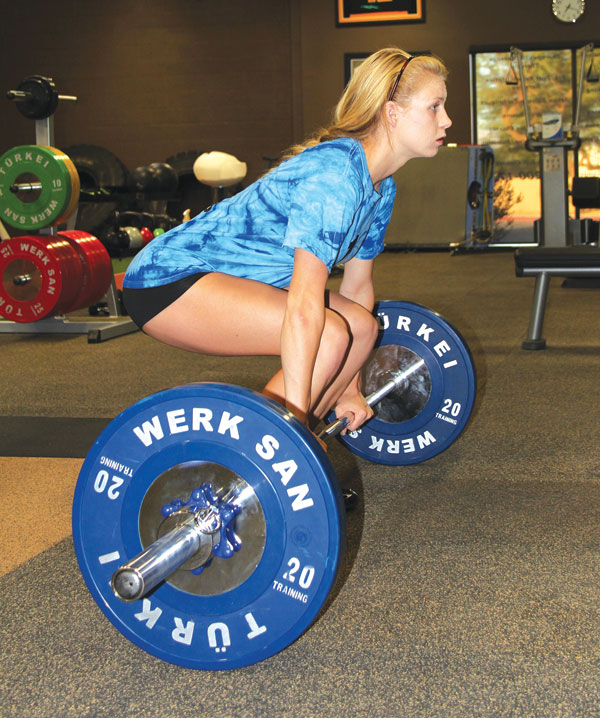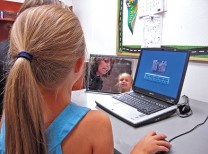Seasoned parents Jesse and Nicole Rodriquez aren’t surprised when their adventurous kids get hurt. When they took their youngest son, 10-year old Samuel, to the doctors to get stitches after an accident, panic set in as the doctors called a medevac to transport him to a highly trained pediatric neurosurgeon, Tanya Minasian, DO, FACS, at Loma Linda University Health (LLUH).
Samuel and his friend were tossing golf balls to one another as the other tried to hit them with a golf club. When Samuel crept closer to provide a better toss, the friend swung his club and hit Samuel on his temple.
“My neighbor called, and I rushed over,” Nicole said. “It’s never fun to see your kids hurt, but this almost felt routine after raising four kids, so we headed to the emergency room for stitches.”
As they waited at the local hospital, Nicole sent Jesse a photo of their son’s head. Jesse, who works in fire and aviation, rushed to meet them as he saw the darkening under Samuel’s eyes, and that the laceration was across his temple, and recognized his son could have a severe head injury.
After seeing Samuel, the hospital staff immediately recognized a fractured skull and possible internal bleeding and thus, decided to transfer him to LLUH for evaluation and a CT scan. Upon arrival, Samuel presented normal, was awake and had his personality; the Rodriguez family didn’t think surgery was on the table.
“Epidural hematomas can be deceiving in pediatric cases,” Minasian said. “Most kids present normal during their initial neurologic assessment but can decline over time.”
Minasian says epidural hematomas, like Samuel’s, are caused by the impact of a skull fracture that leads to a torn vessel in the covering of the brain. Neurologic decline begins when the blood accumulates within the space between the bone and the covering of the brain, leading to brain compression.
With this concern at the forefront, Minasian and her team admitted him to the pediatric intensive care unit and repeated imaging for four hours. Tests showed the initially tiny bleed had significantly expanded, and he began to decline neurologically. Samuel was then rushed in for emergency surgery.
“They let me walk with him as they pushed him towards the operating room,” Jesse said. “I’m a strong guy, but when my son wasn’t waking up as I said goodbye, I started to break down.”
Minasian successfully stopped and evacuated his bleeding and repaired the skull fracture and facial laceration.
“The whole team caring for Samuel was so amazing,” Jesse said. “We will always be so grateful and blessed to have the Dr. Minasians in our world to protect and heal the sick, injured and weak.”
Samuel is now two months post-operation. His parents say he was careful during the healing process, but is now entirely back on his feet. This spring, he plans on ditching the golf clubs and will play baseball instead.
Minasian says the Rodriguez’s perception of Samuel only needing stitches is not uncommon, and many people only bring their children in if there is an outward injury or noticeable neurologic issue. Some head injuries may not occur with obvious superficial injuries and can still result in a traumatic brain injury (TBI) that may present with loss of consciousness, persistent headache, vomiting, seizures or pupil dilation.
Molly Smith is with Loma Linda University Health, home to Loma Linda University Children’s Hospital. For more information, visit www.LLUH.org.















































Comments (0)